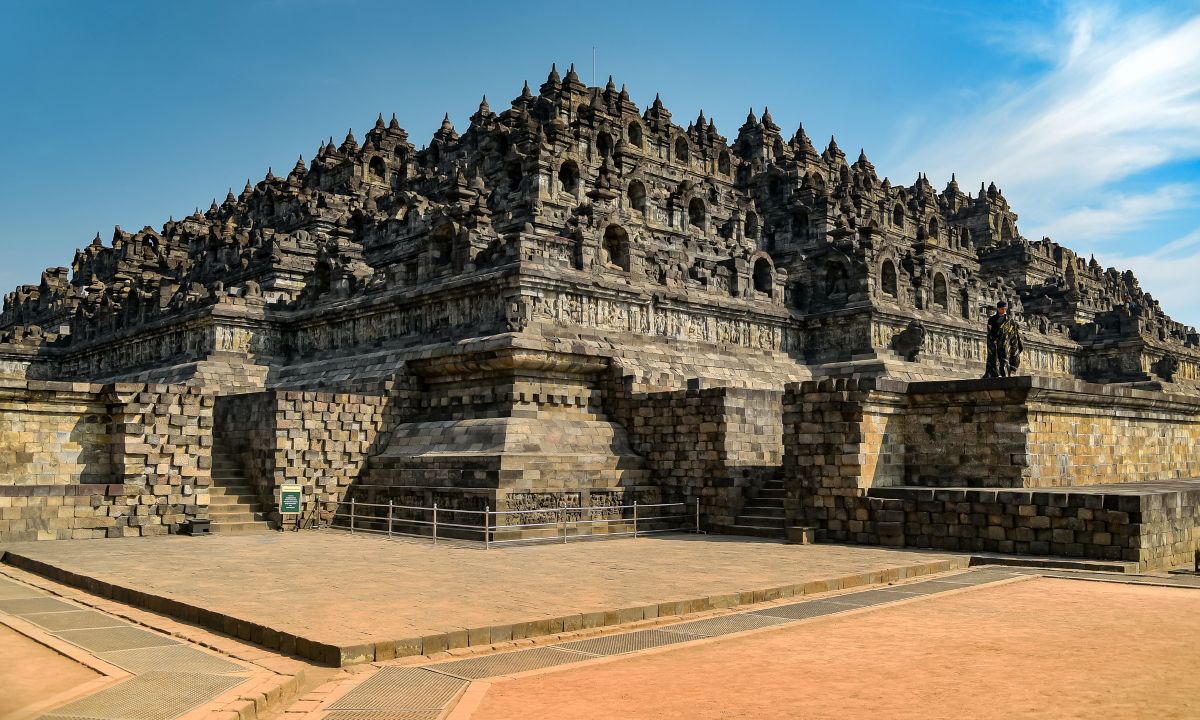
Uncovering Borobudur Temple: A Chinese Descent Connection
Light House Denver – Borobudur, the magnificent Buddhist temple located in Magelang, Central Java, is one of UNESCO’s World Heritage Sites. In addition to being a pilgrimage site for Buddhists, Borobudur Temple is also an iconic tourist destination that attracts millions of visitors each year. Yet behind its grandeur lies a little-known historical fact: the person who first rediscovered this monumental site was not a European or a native Javanese, but someone of Chinese descent.
Believed to have been built between 750 and 850 AD by the Syailendra Dynasty during the era of the ancient Mataram Kingdom, Borobudur gradually fell into obscurity. Volcanic eruptions and societal shifts led the temple to be buried under layers of soil and overgrown vegetation. Eventually, it faded from public memory and was considered lost.
“Read More: 6 Japanese Saving Method to Help Your Money Grow Quickly”
In the early 19th century, hopes of uncovering Borobudur were reignited. A man of Chinese descent named Tan Jin Sing was serving as the Regent of Yogyakarta at the time. He received a report from a local foreman about a large stone structure in the Bumisegoro village area. Tan Jin Sing passed this information on to Thomas Stamford Raffles, the British Lieutenant Governor of Java. People recognized Raffles for his deep interest in ancient relics and the cultural heritage of the archipelago.
Raffles immediately followed up on the report by dispatching a team to investigate. Tan Jin Sing, alongside local residents, led the effort to identify the location. They ultimately confirmed that what lay beneath was indeed a massive temple.
Excavation work soon began, involving over 200 local workers. The clearing process moved quickly, and within just two weeks, the main structure of the temple began to emerge. Its architecture and intricate carvings revealed an extraordinary level of craftsmanship.
Dutch archaeologist Christian Cornelius also joined the initial project, contributing to early documentation and restoration efforts. The rediscovery quickly drew the attention of European researchers and historians.
Local people were familiar with the name “Borobudur.” However, the site might have remained buried and forgotten without the intervention of figures like Tan Jin Sing, Raffles, and Cornelius. The British handed control of Java back to the Dutch in 1816. After that, the colonial government continued the conservation of Borobudur in a more systematic manner.
Today, Borobudur stands not only as a symbol of Indonesia’s rich history and cultural legacy but also as a globally recognized heritage site. In a recent historic moment, two world leaders, President Prabowo Subianto of Indonesia and President Emmanuel Macron of France, visited the temple. Their visit highlighted the enduring value of this cultural treasure that was once nearly lost to time.
“Continue Reading: Is Giving Milk at Night the Right Thing for Your Child?”